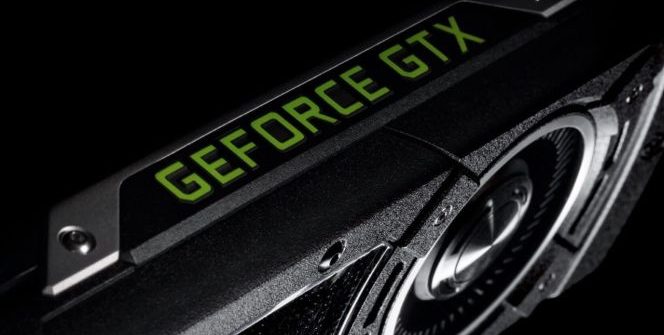TECH NEWS – Are you planning to release another video card for NVidia, the NVidia GeForce GTX 1650 Ti?
NVidia is present on the low-end graphics card market with its Turing architecture. The company plans to expand by filling the gap between the GTX 1650 (which we previously discussed) and the GTX 1660 by making a GTX 1650 Ti. On it, the number of CUDA cores would be between 896 and 1408, which would allow the GTX 1650 Ti to have a performance that surpasses the previous generation’s GTX 1060, which was built on the Pascal architecture. With this move, NVidia is trying to hold AMD back, as the low-end segment of the GPU market is mostly ruled by the RX 570 and the RX 580.
Overclock3D reports that the GTX 1650 Ti should have between 1024 and 1280 CUDA cores to make it a reasonable gap between the 1650 and the 1660 (the latter’s Ti is a good choice), and since NVidia tends to have 128 CUDA cores per step, the 1650 Ti, which is unannounced, and is planned to launch in late September or early October, could have 1024, 1152, or 1280 CUDA cores. We don’t know its core and boost clock speed, the memory amount, its bandwidth, or its bus size either yet.
Meanwhile, AMD is also rumoured to work on an entry-level Navi graphics card (remember, the Navi GPU is set to be part of the next-gen PlayStation and Xbox in late 2020!) to not allow NVidia to gain more market share, and they might launch the GTX 1650 Ti to face this GPU.
So the two companies’ fight for the customers (which has been happening in the past nearly two decades at this point…) isn’t happening in just the high-end graphics card, as not everyone can afford themselves to just buy a GeForce RTX 2080 Super for example to get real-time raytracing.
Source: Overclock3D








![[TGA 2025] Diablo IV: Lord of Hatred: A Character Class Returns! [VIDEO]](https://thegeek.games/wp-content/uploads/2025/12/theGeek-diablo-4-expansion-2-lord-of-hatred-paladin-skovos-horadric-cube-302x180.jpg)








Leave a Reply